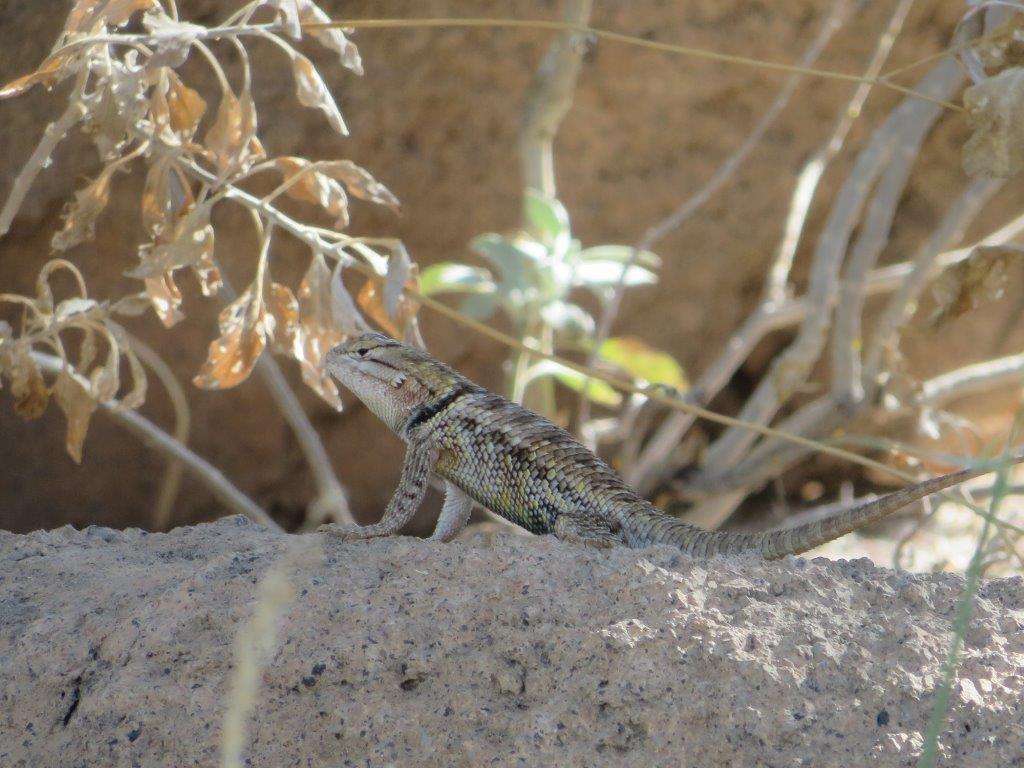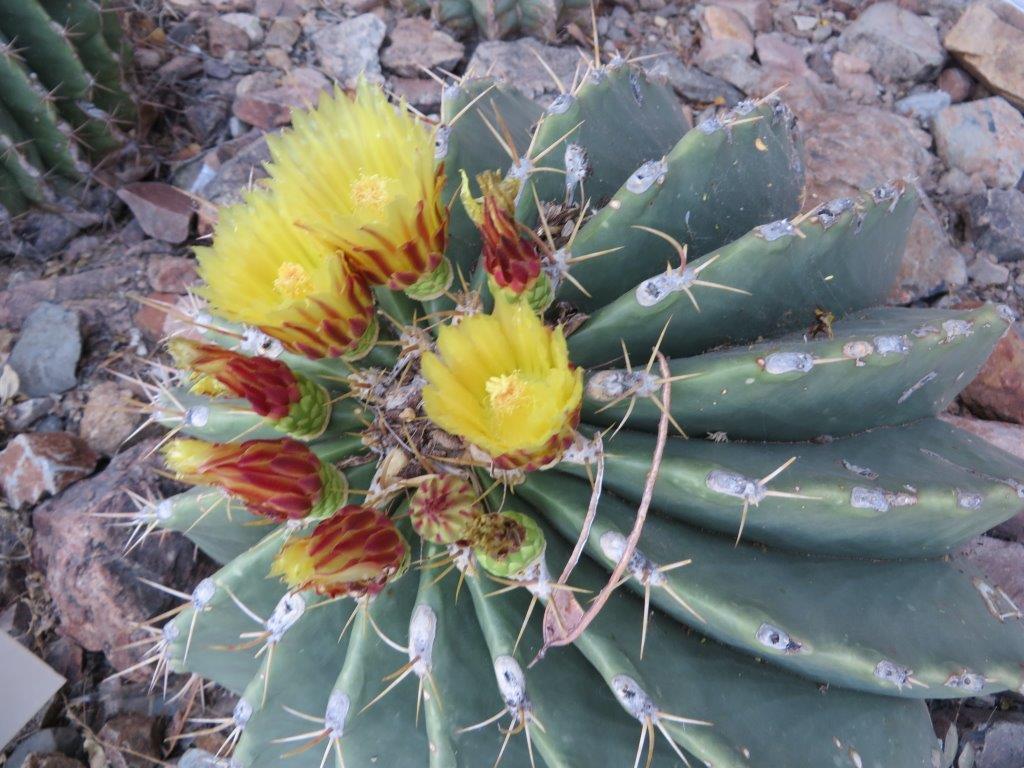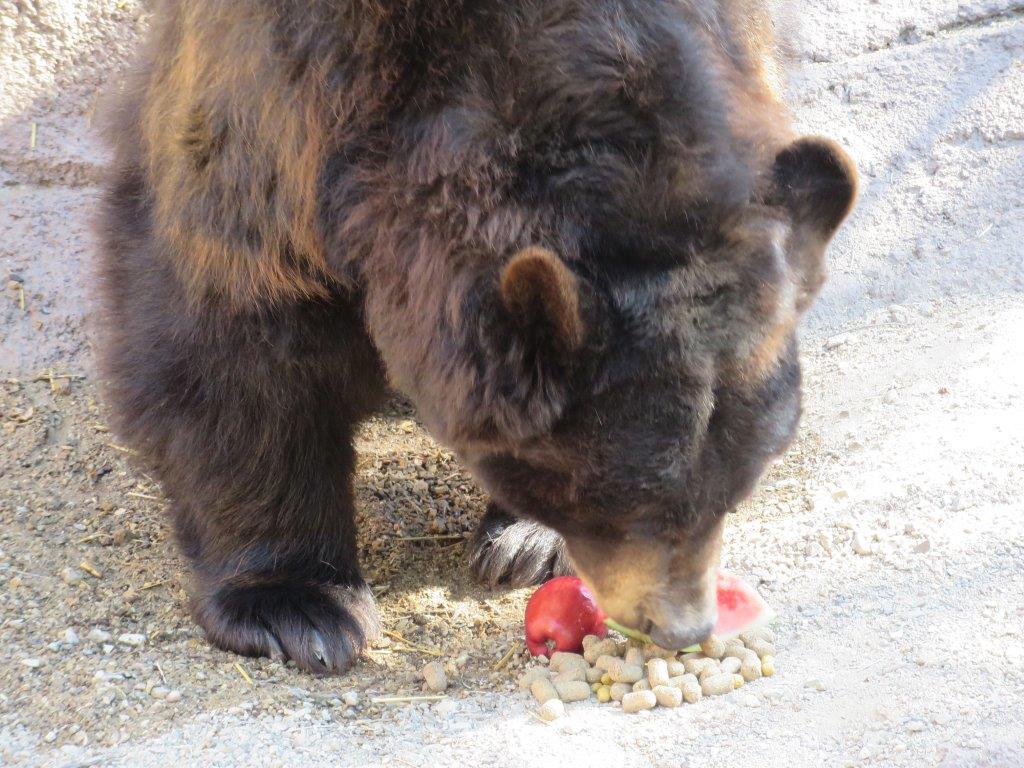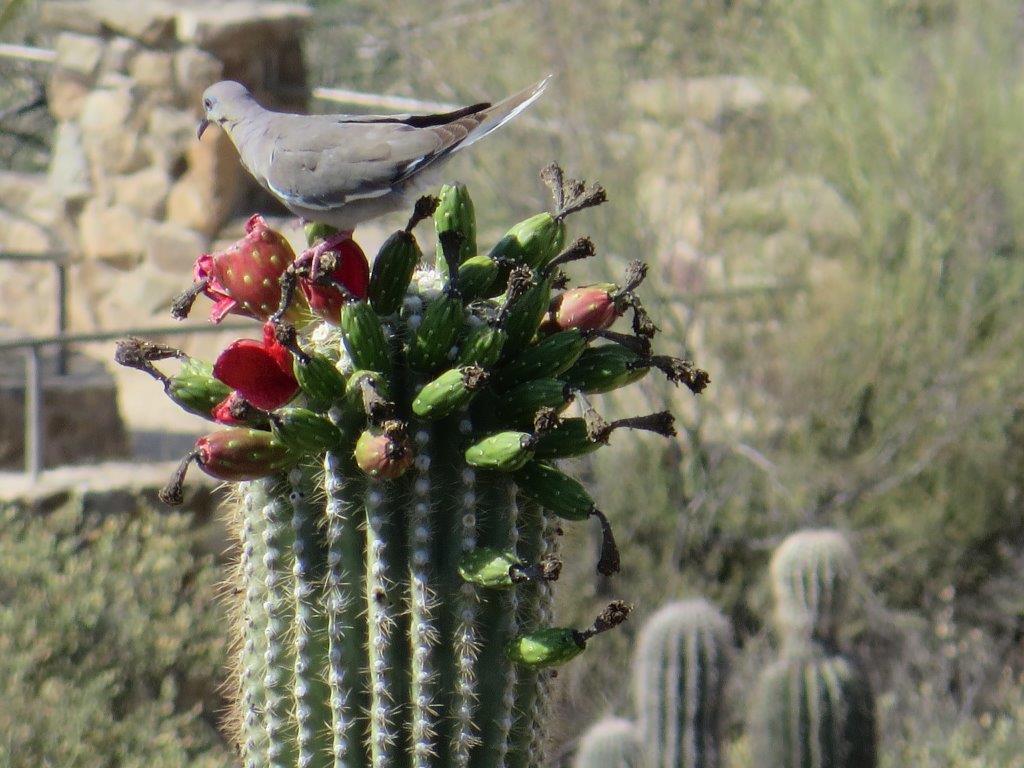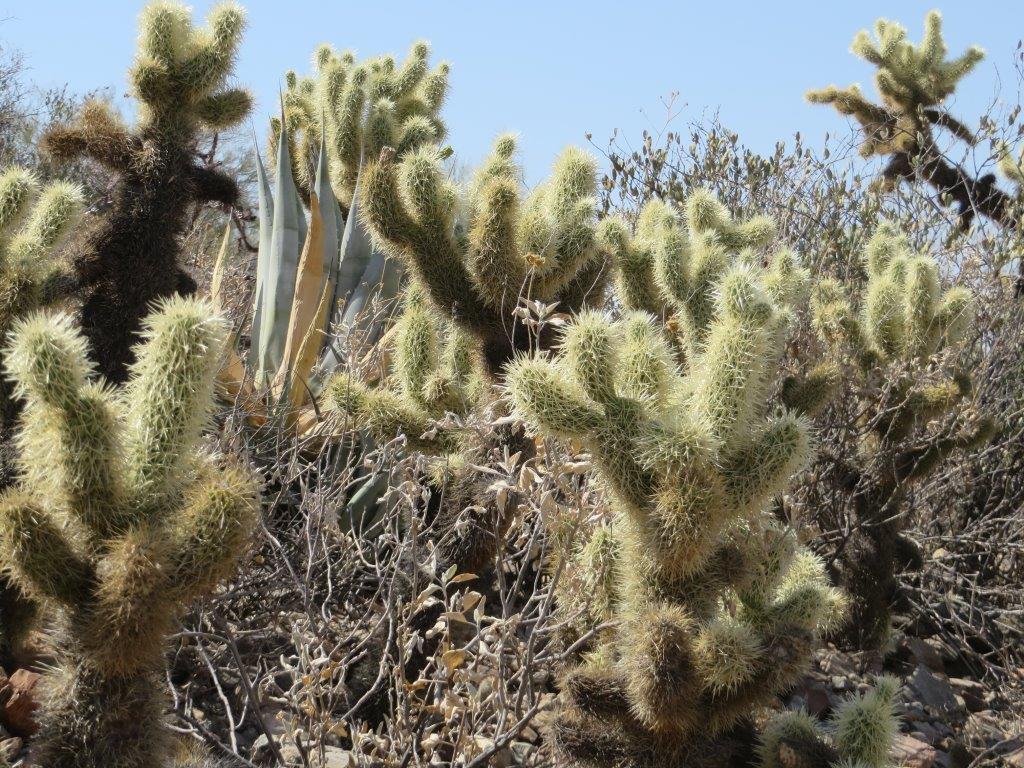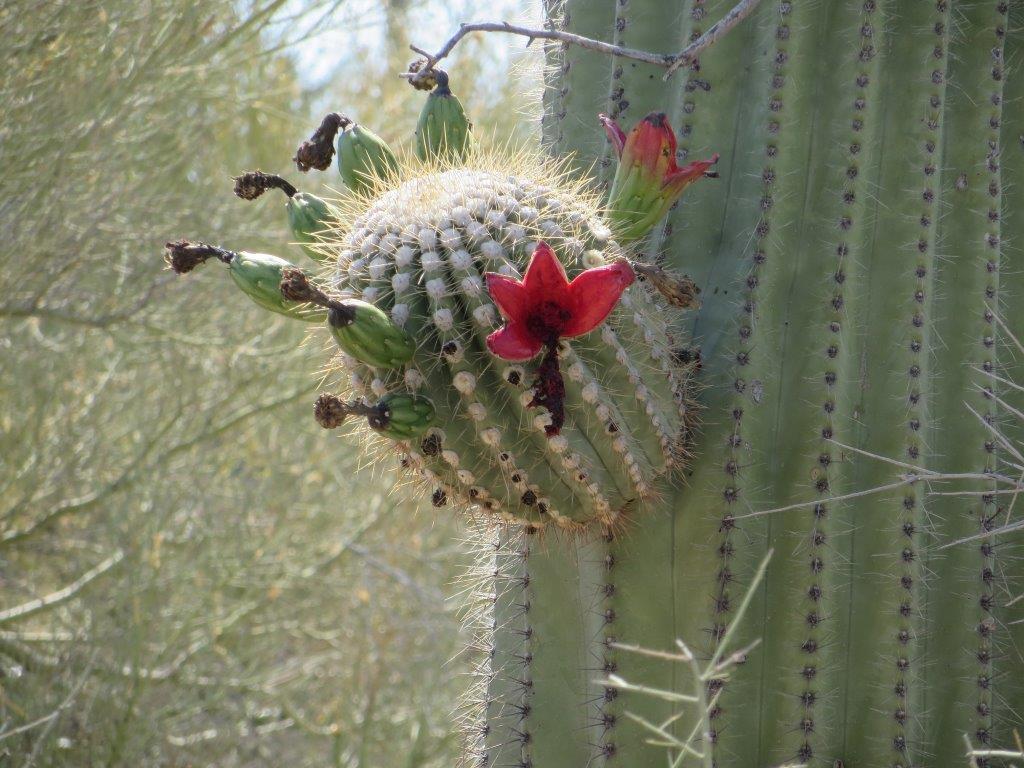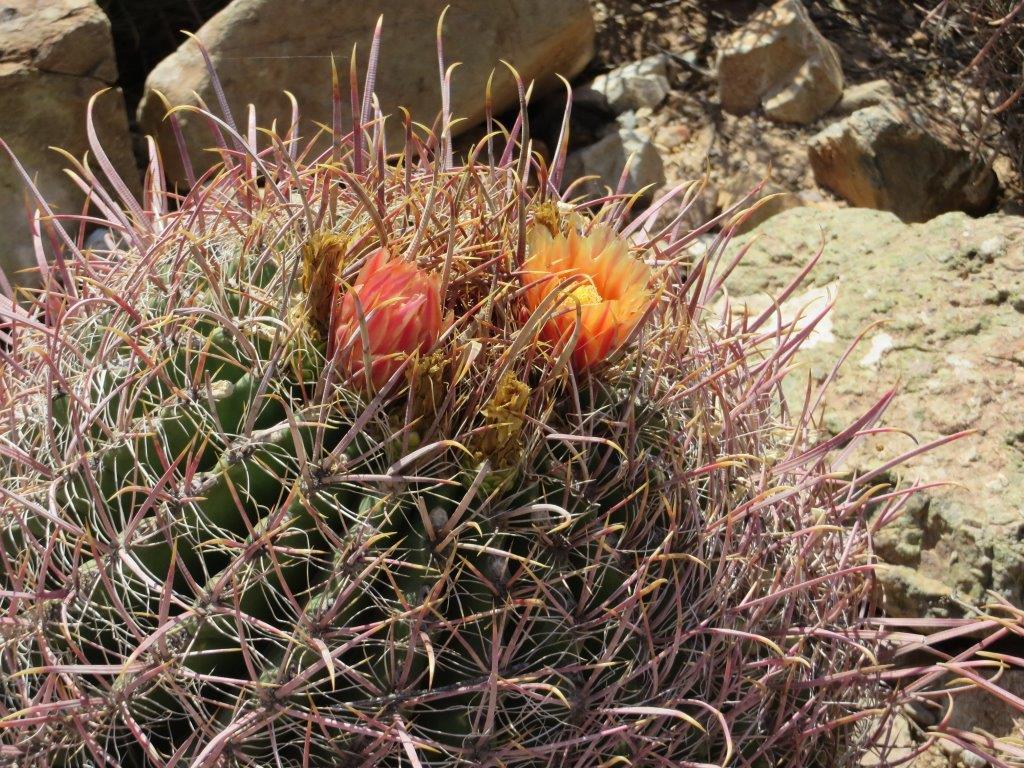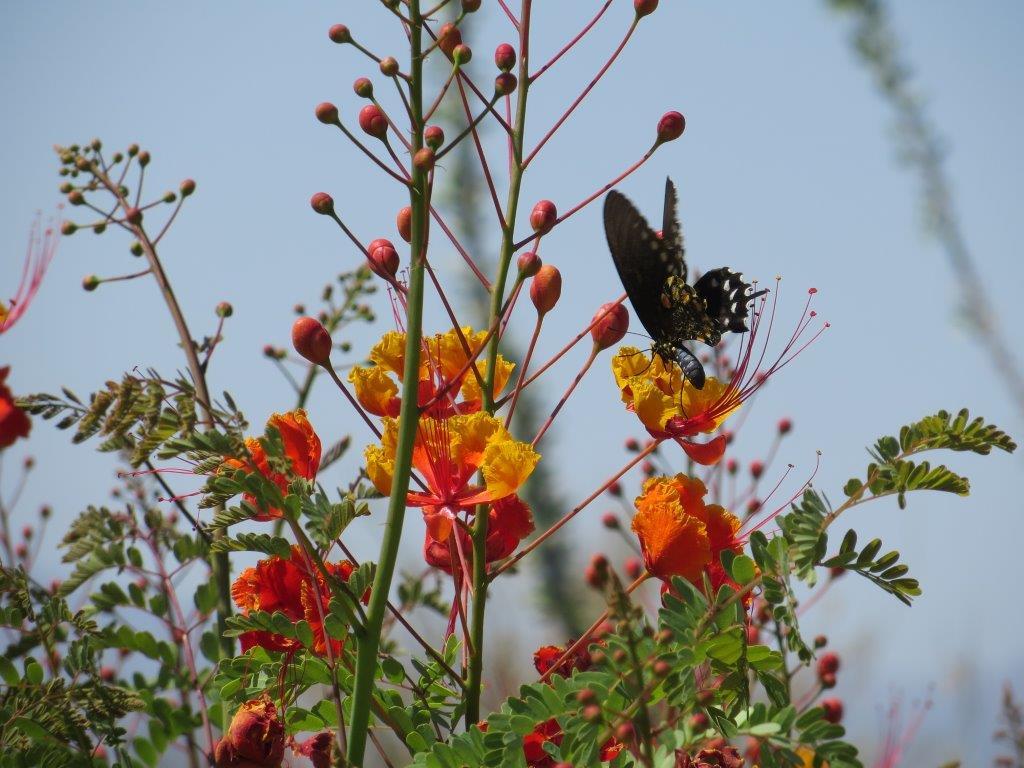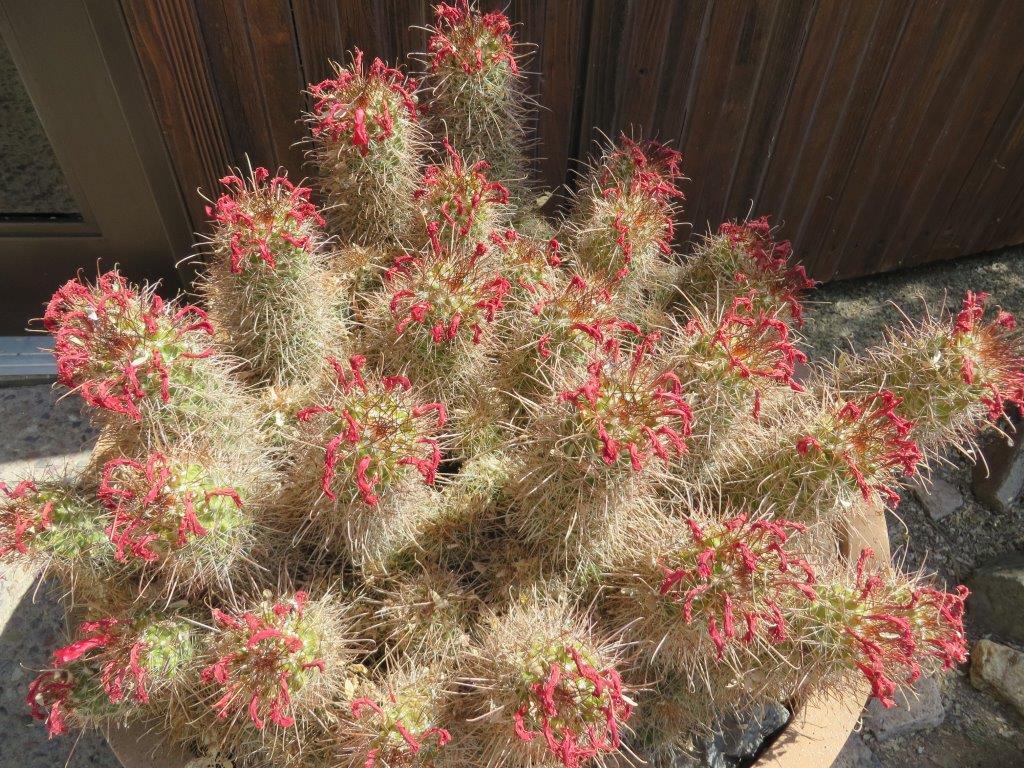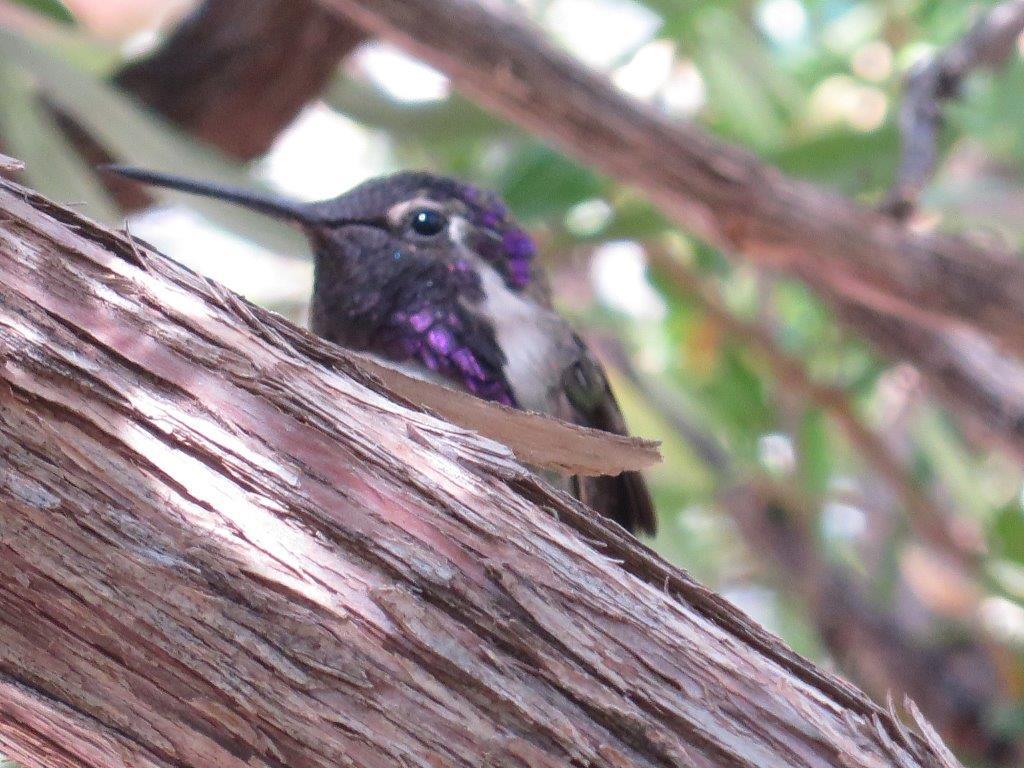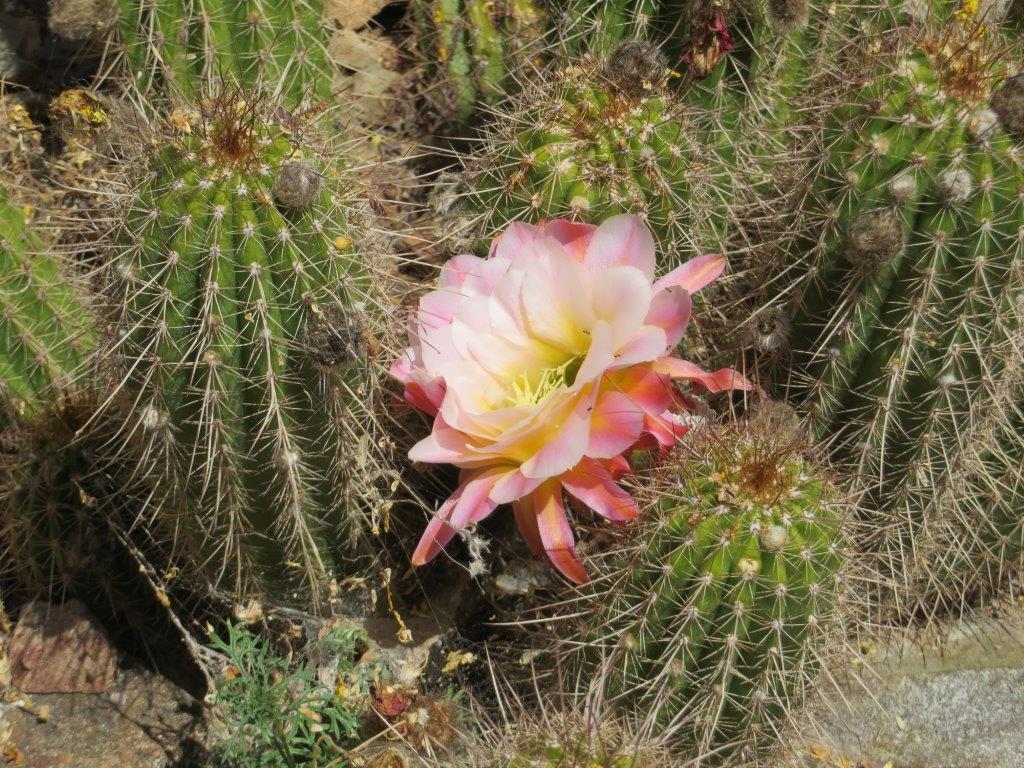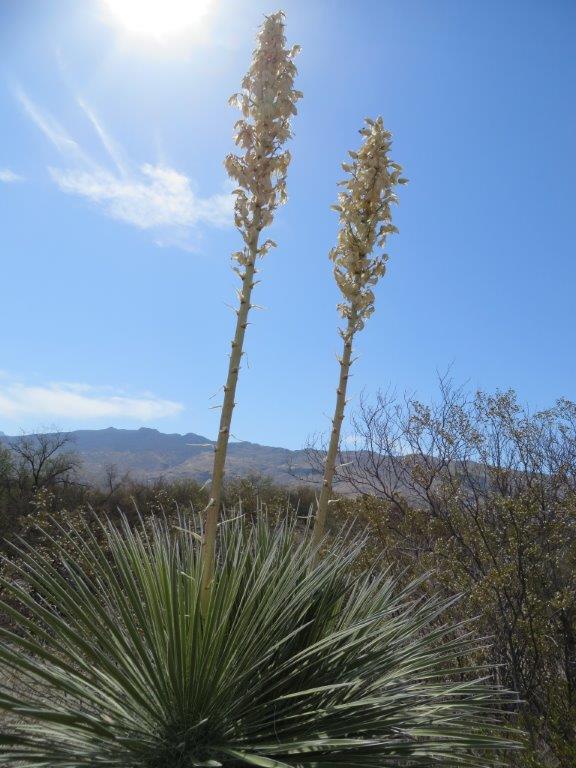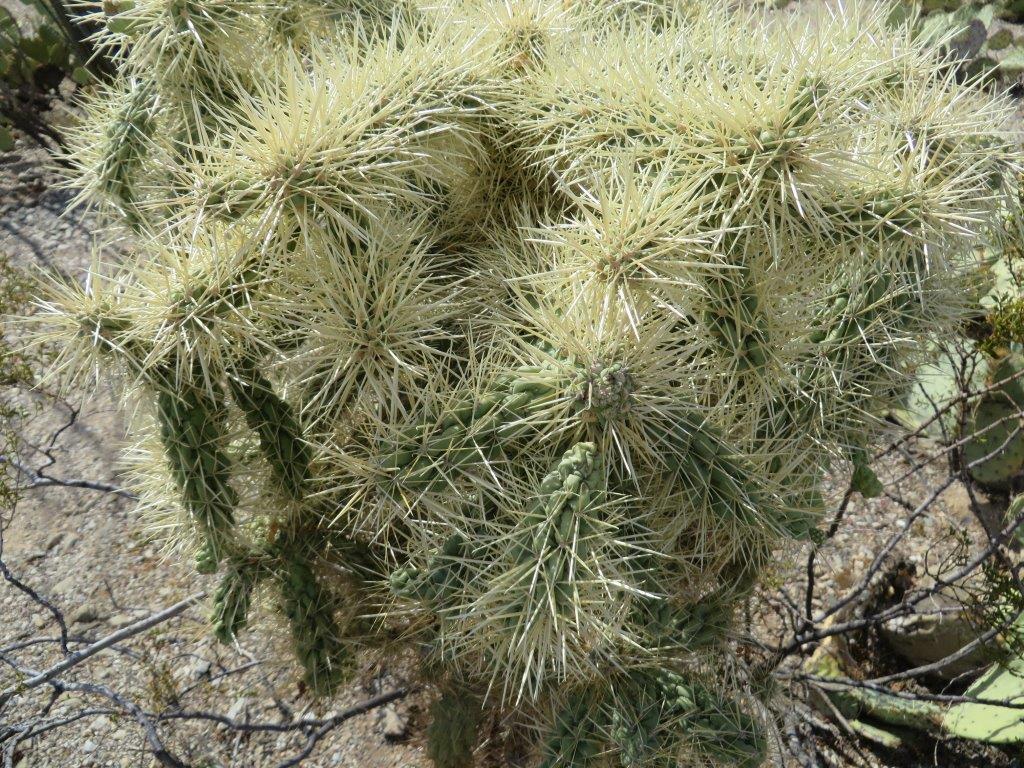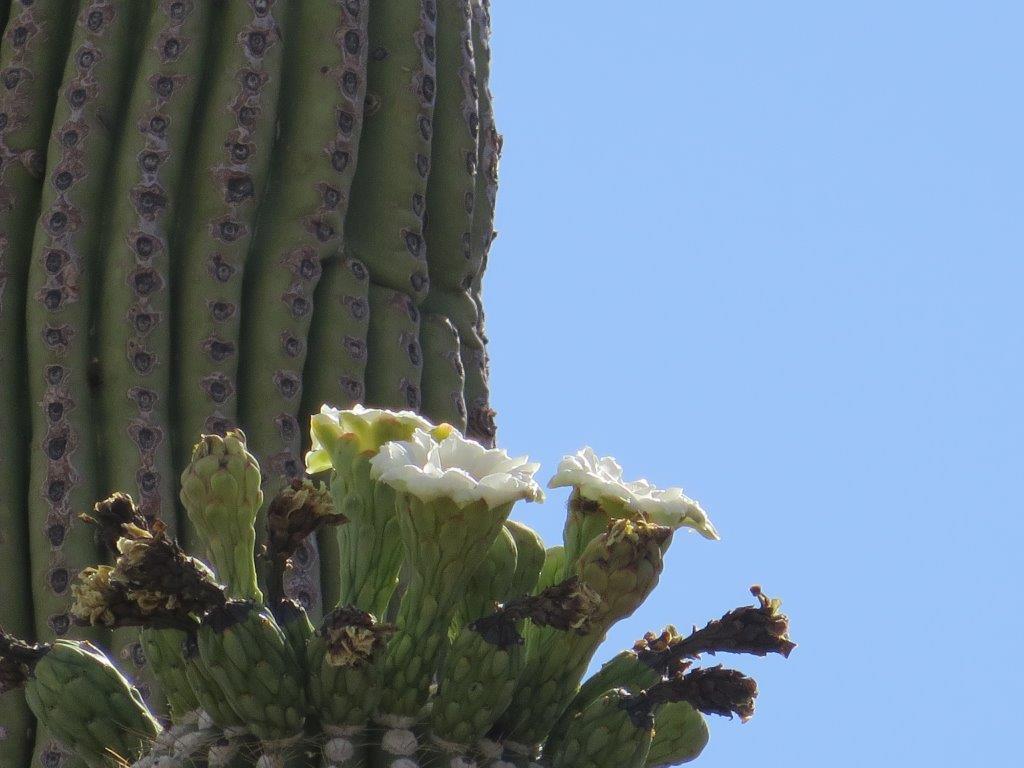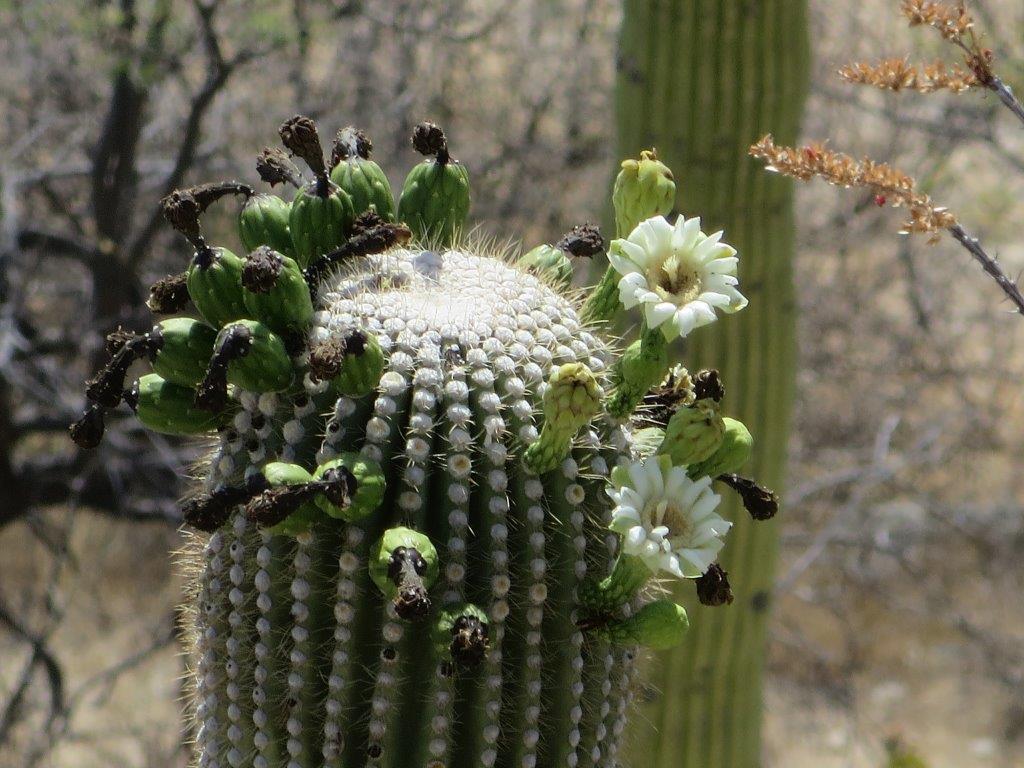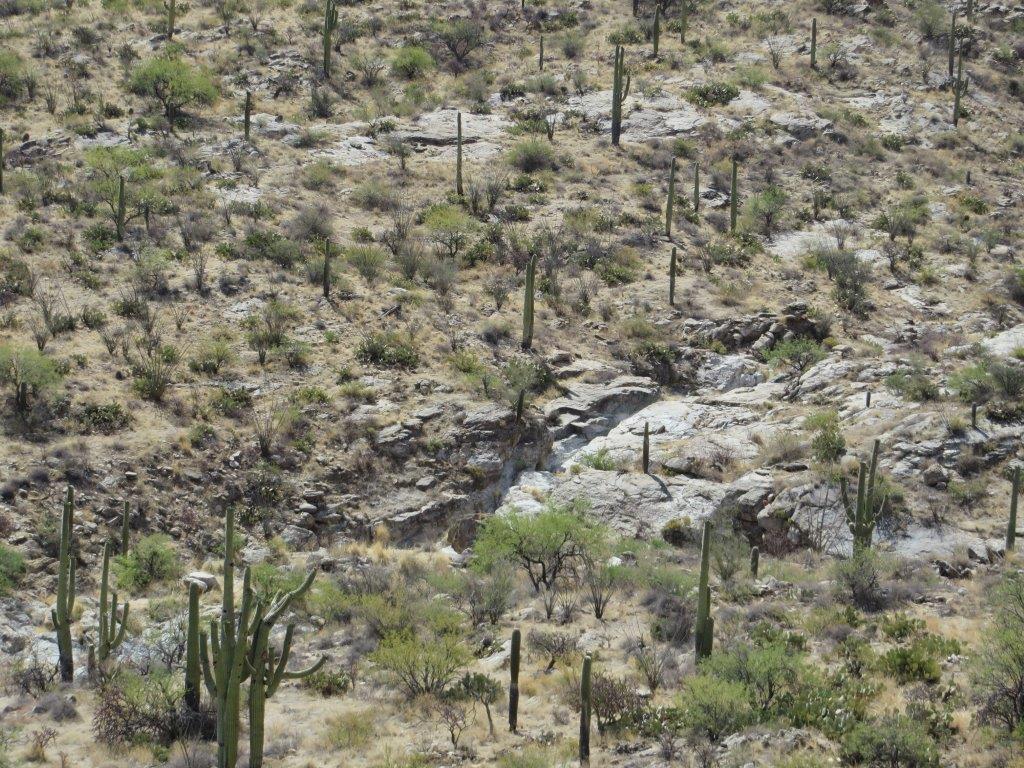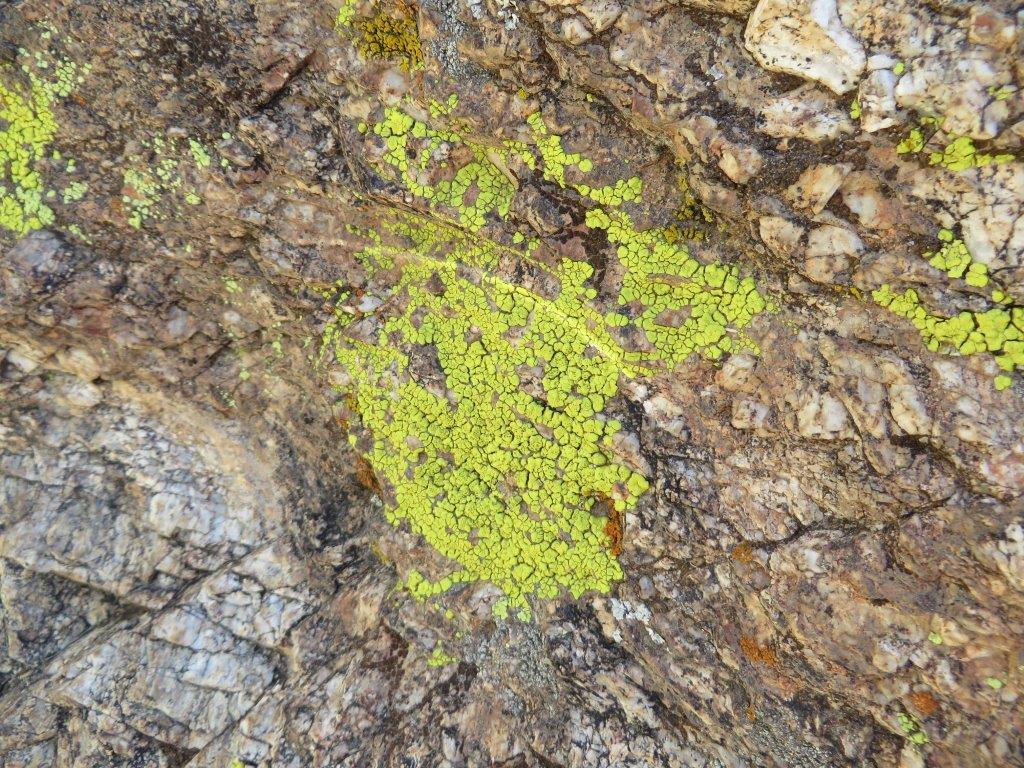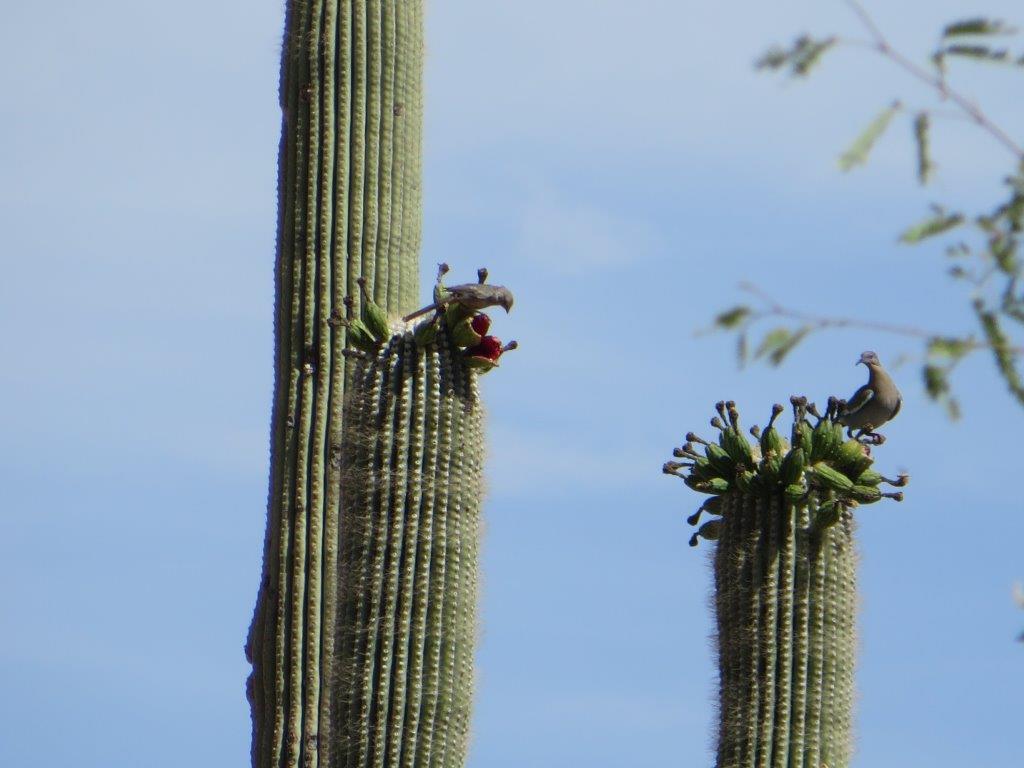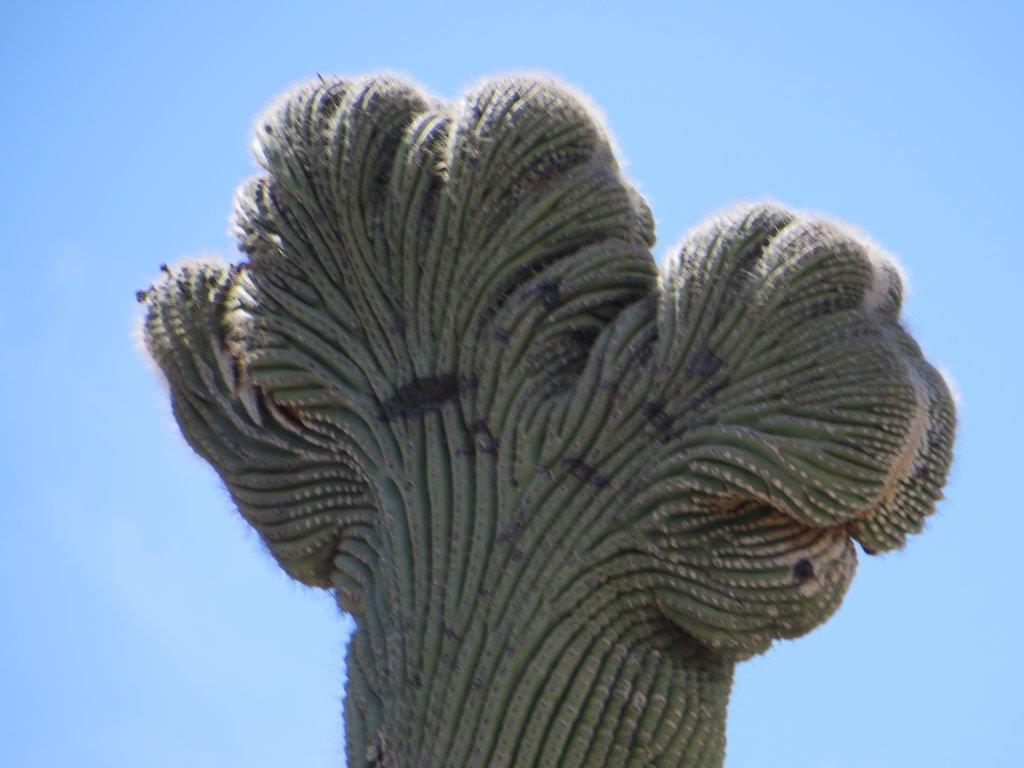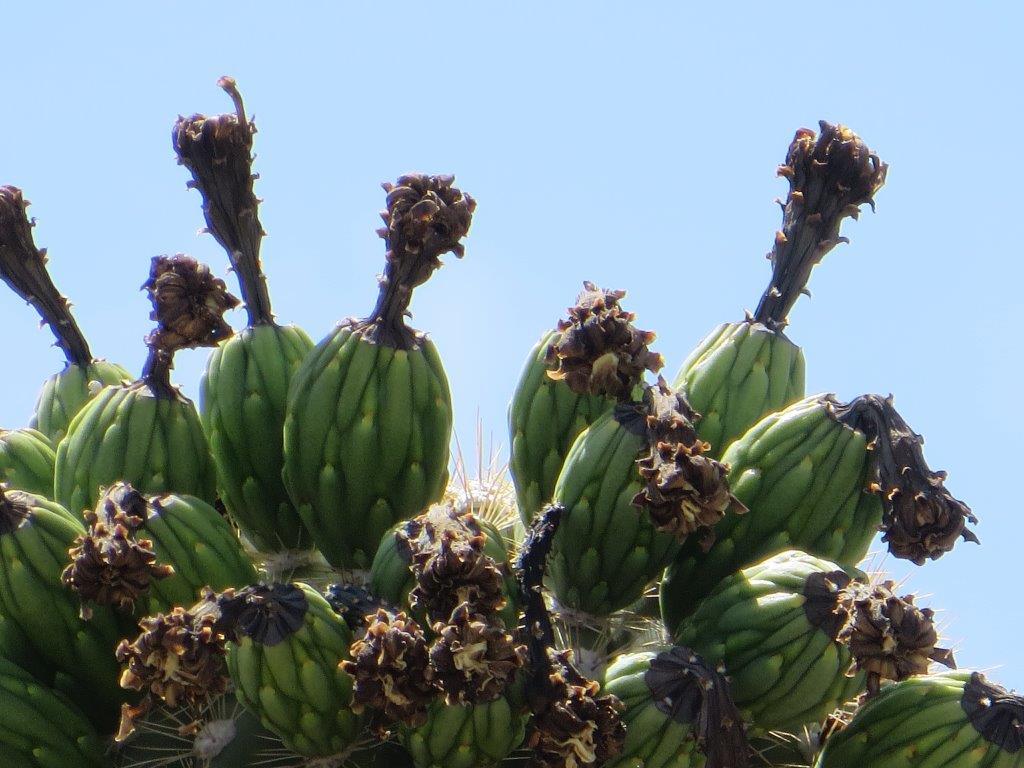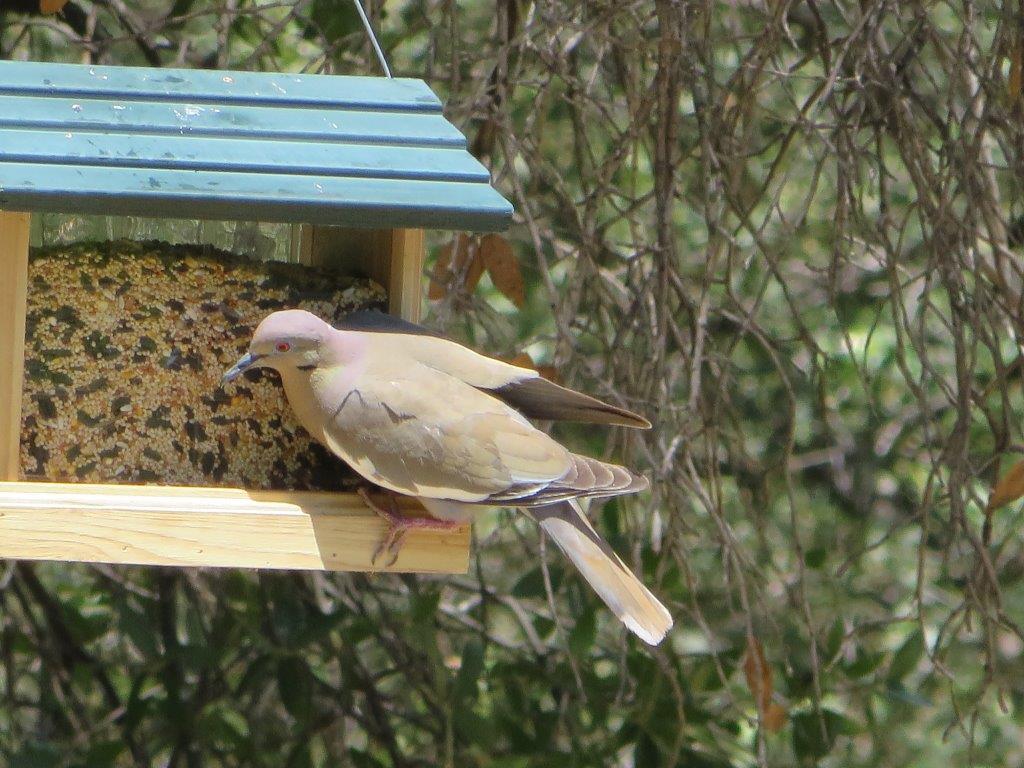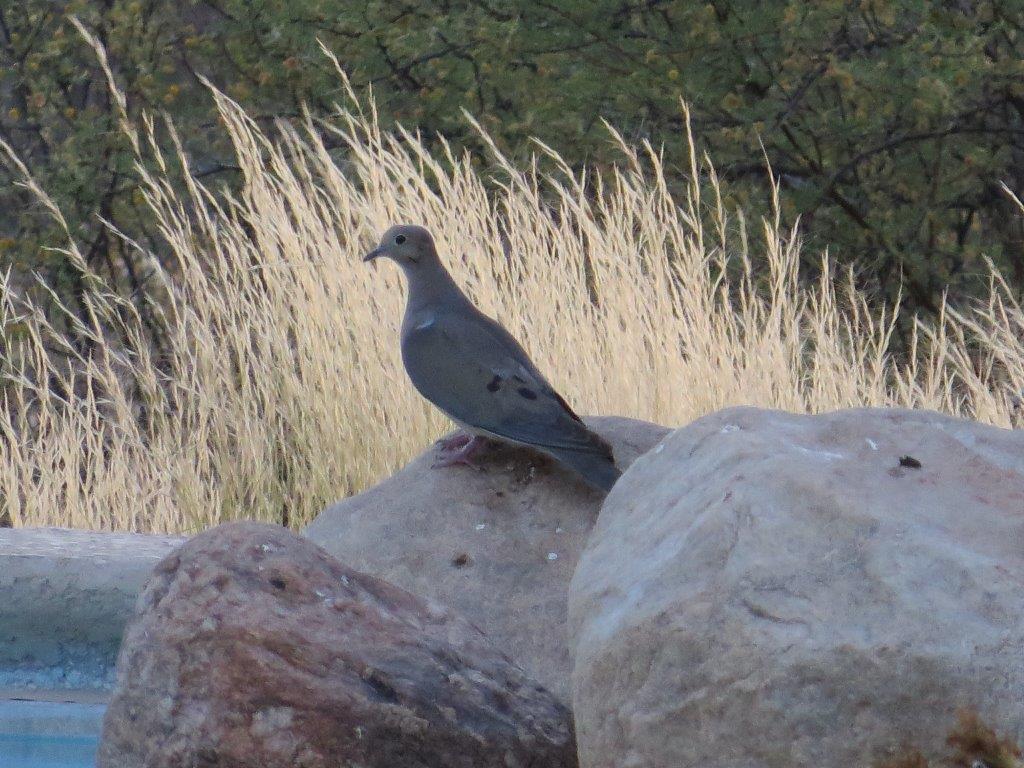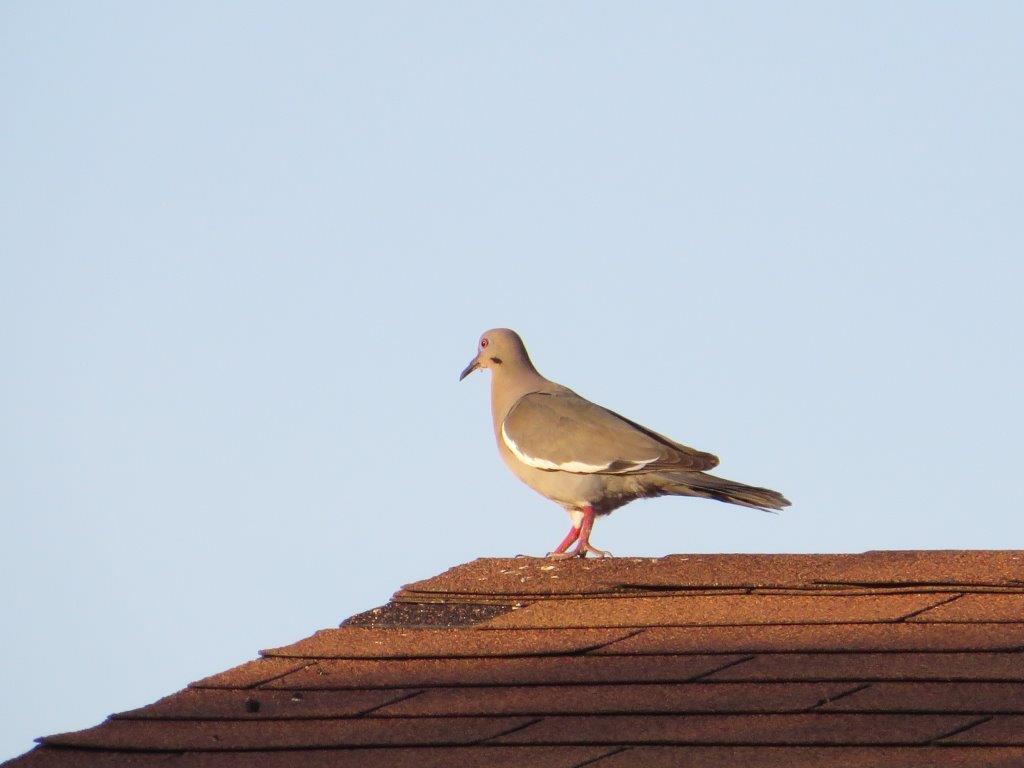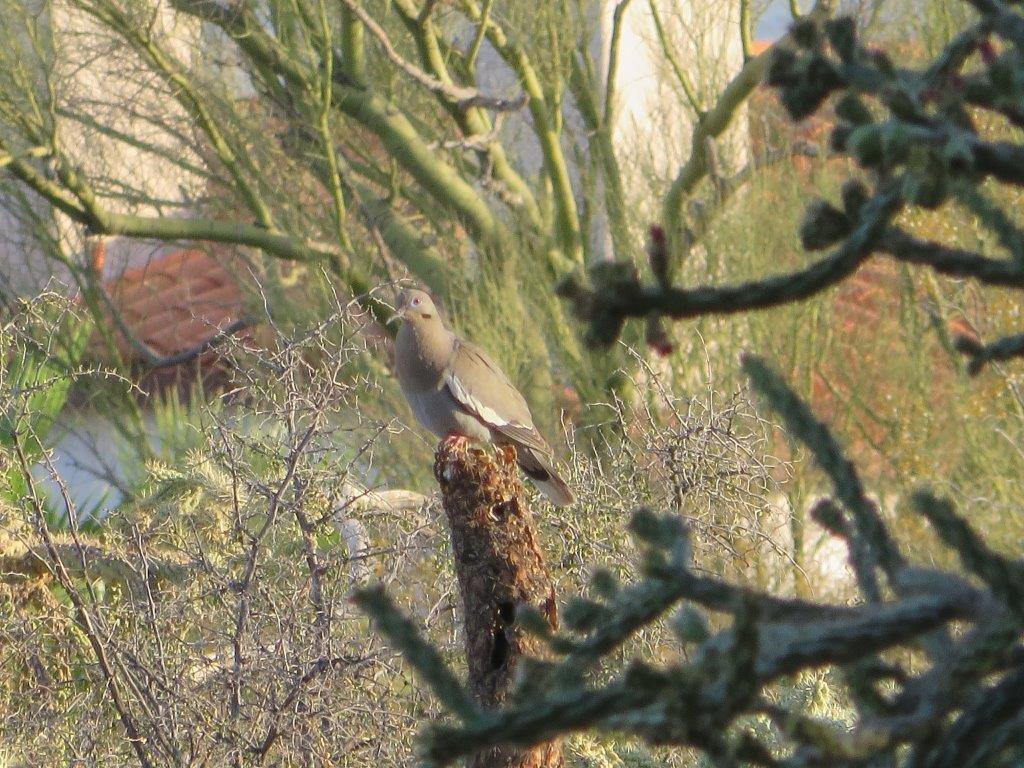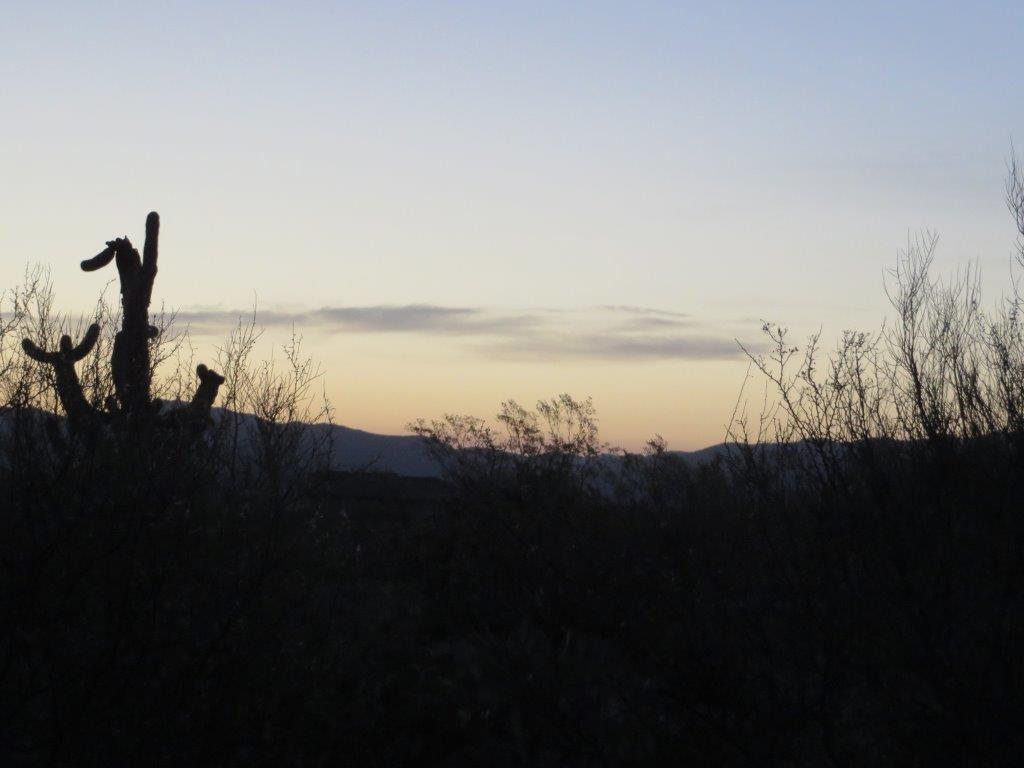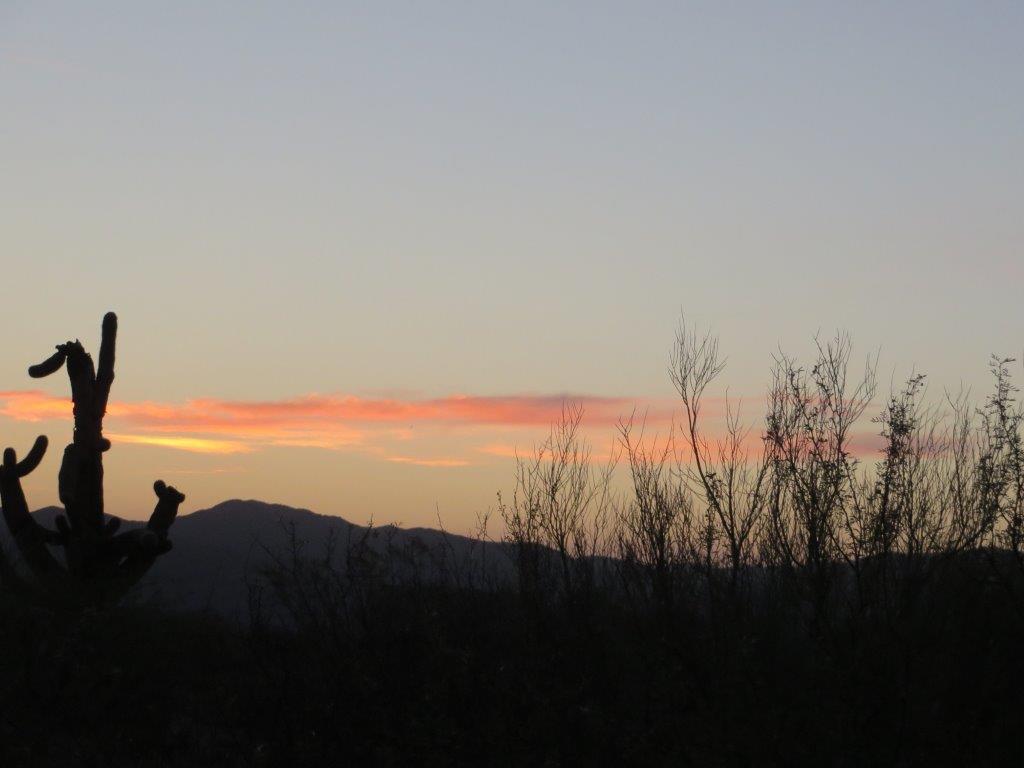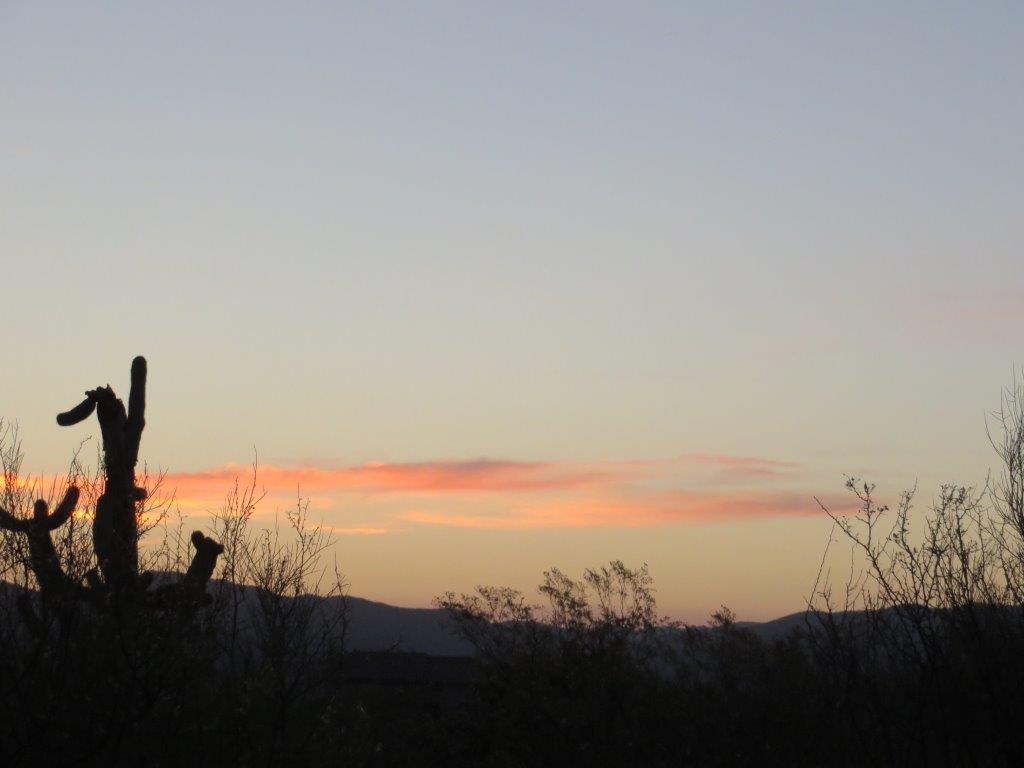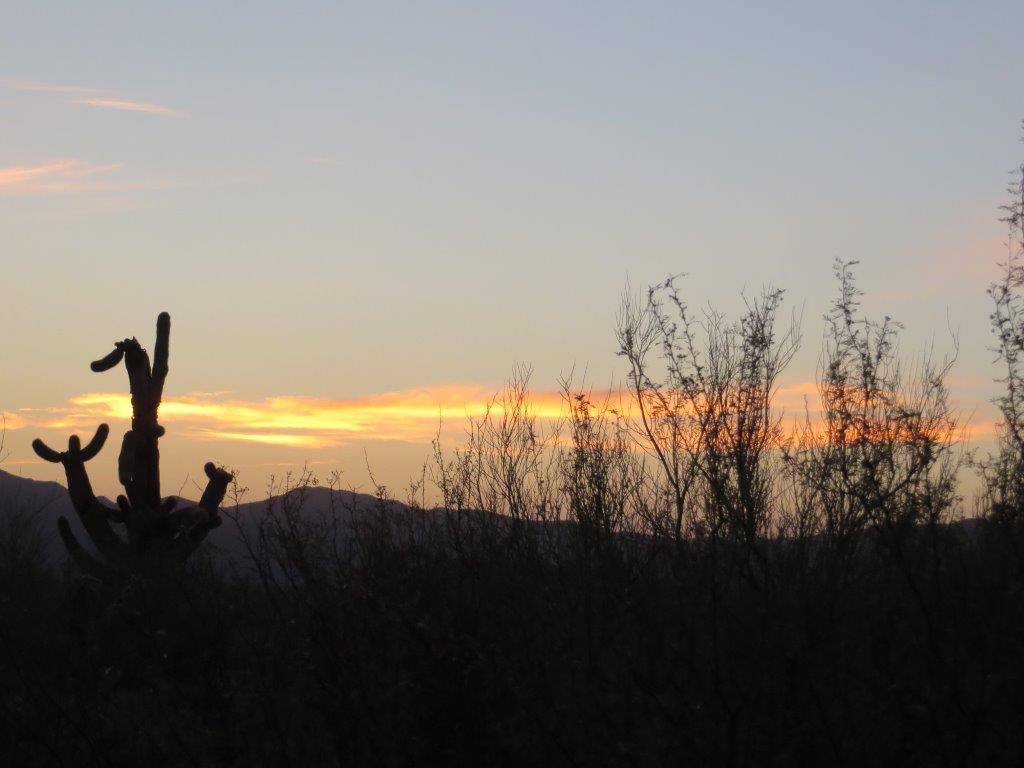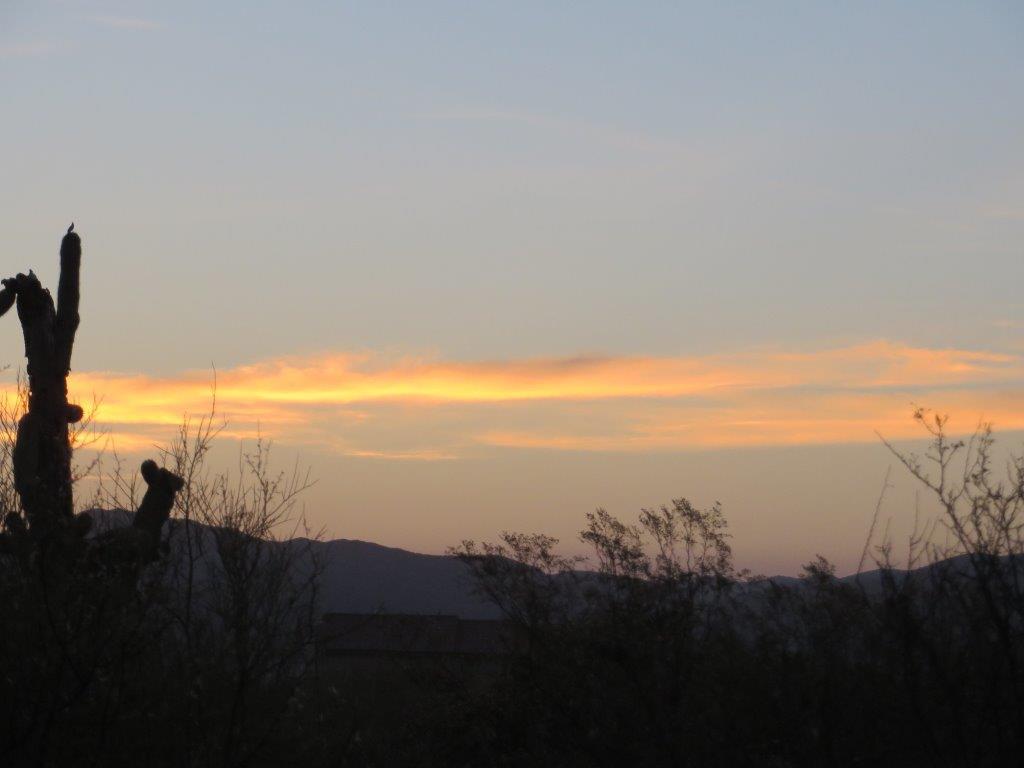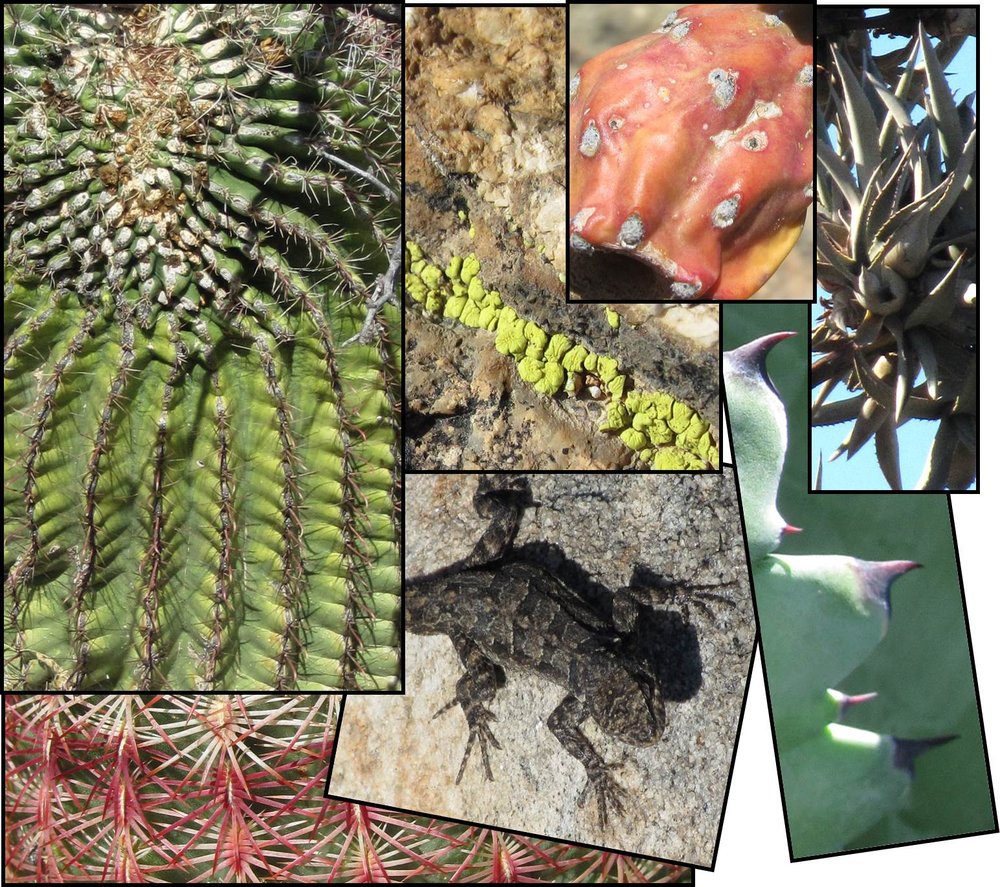3 Free eBooks - October 2013
/It’s time again for the monthly post about eBooks that are freely available on the Internet. The three below are my favorites for October 2013.
Mollhausen, Balduin. Reisen in die Felsengebirge Nord-Amerikas Bd. 1. Leipzig: H. Constenoble. 1861. Available from the Internet Archive here. The images of the desert southwest that were published in 1861 are full of plants that are (mostly) realistically portrayed.
Macbeth-Evans Glass Company. Shades and Globes. Pittsburgh: Bartlett-Orr Press. 1912. Available from the Internet Archive here. This catalog from the early 1900s has some appealing ‘shades and globes’ for light fixtures that would not look out of place in a home today. I like the iridescent glass and the pattern of the one I clipped for this post.
Wittmack, L. Gartenflora Bd. 42. Berlin: Verlag von Paul Parey. 1893. Available from Internet Archive here. I am still savoring the volumes of Gartenflora ---- going through a few more each month. The chrysanthemum was one of my favorite images from October.






